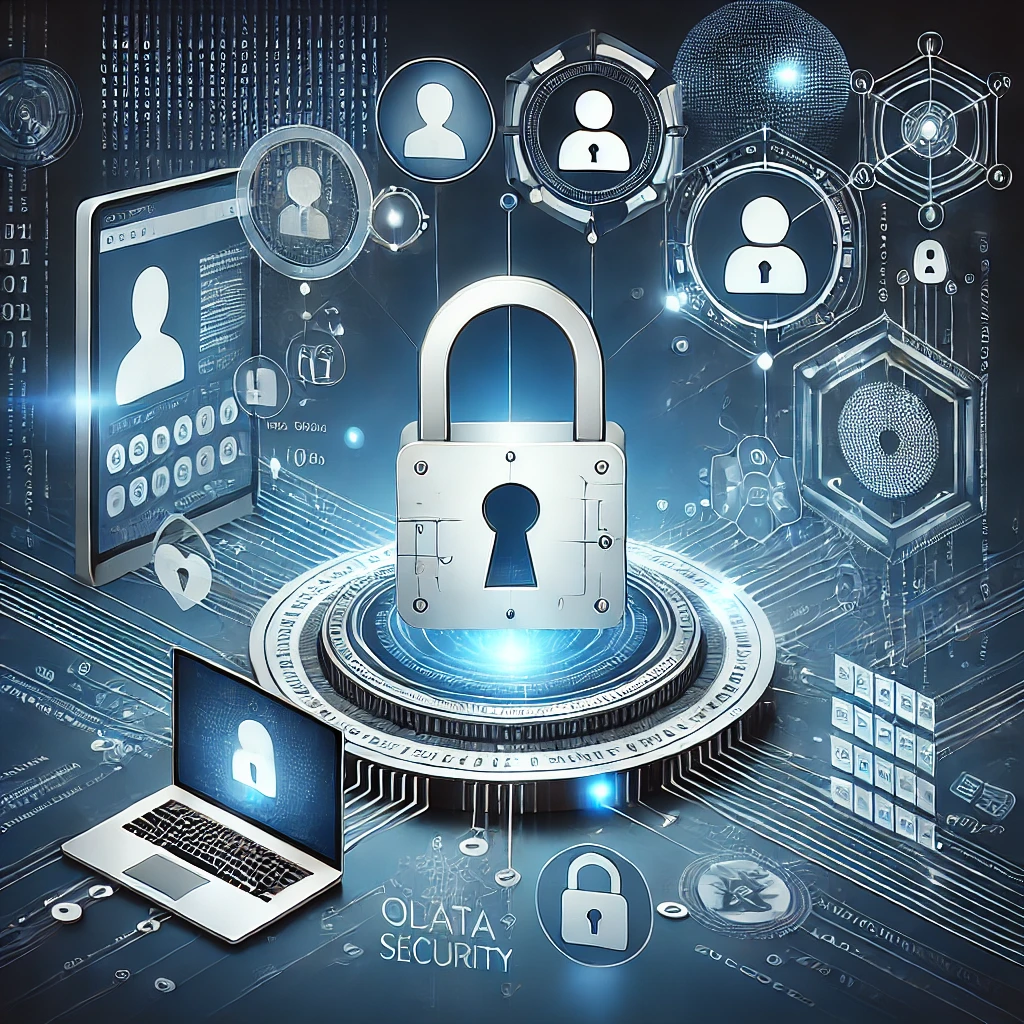
Your Personal Data Is at Risk: How to Protect It Online
In today’s digital world, safeguarding your personal data is more critical than ever. With cyber threats lurking around every corner, it’s essential to know how to protect yourself and your information online. This article will guide you through effective strategies to secure your personal data and stay safe while navigating the online world in 2025.
Why Is Your Personal Data at Risk?
The internet offers a wealth of opportunities, but it also comes with its fair share of risks. From cyberattacks to data breaches, your personal data is always under threat. With the increasing use of smartphones, social media, and online shopping, hackers have more avenues to exploit. But don’t worry – understanding the risks is the first step in taking control of your online security.
Common Threats to Your Personal Data
1. Phishing Attacks
Phishing is one of the most common ways hackers steal personal data. They trick you into giving up sensitive information, like passwords or credit card details, by pretending to be legitimate companies. Be cautious when receiving unsolicited emails or messages that seem urgent or too good to be true.
2. Malware and Ransomware
Malicious software can infect your device without your knowledge. Ransomware, in particular, locks you out of your own data and demands payment to release it. Always keep your antivirus software updated to minimize the risk of malware infections.
3. Data Breaches
Data breaches occur when cybercriminals gain unauthorized access to databases that store personal information. Once exposed, your data can be sold on the dark web or used for malicious purposes. Stay informed about breaches involving the services you use and take action immediately to change your passwords.
Ways to Protect Your Personal Data Online
1. Use Strong, Unique Passwords
Your password is the first line of defense. Create complex passwords that include a mix of letters, numbers, and symbols. Avoid using easily guessable information like your name or birthdate. Consider using a password manager to keep track of your passwords securely.
2. Enable Two-Factor Authentication (2FA)
Two-factor authentication adds an extra layer of security to your accounts. Even if a hacker manages to obtain your password, they won’t be able to log in without the second factor, which is typically a code sent to your phone or email.
3. Use a VPN for Private Browsing
A Virtual Private Network (VPN) masks your IP address, ensuring your online activities are private. It encrypts your internet connection, making it harder for third parties to track your movements or intercept your data.
4. Be Careful with Public Wi-Fi
While public Wi-Fi networks offer convenience, they are often unsecured, making them an easy target for hackers. Avoid accessing sensitive information like online banking when connected to public Wi-Fi unless you’re using a VPN.
Best Practices for Securing Your Devices
1. Keep Your Software Updated
Cybercriminals frequently exploit security vulnerabilities in outdated software. Always install the latest updates for your operating system, apps, and antivirus programs to protect your device from known threats.
2. Use Encryption for Sensitive Files
Encryption converts your files into unreadable code, making it nearly impossible for unauthorized users to access them. Encrypt sensitive documents on your computer or smartphone to keep your information secure.
3. Avoid Clicking on Suspicious Links
Hackers often disguise malicious links as legitimate websites or emails. Be cautious when clicking on links from unfamiliar sources, and always verify their authenticity before engaging with them.
AI Tools to Boost Your Data Security
Artificial intelligence is transforming the way we protect our data. AI-powered security tools can help detect threats, identify vulnerabilities, and provide real-time protection. Some AI tools are designed to monitor your online behavior and alert you if something suspicious occurs.
How to Optimize Your Smartphone for Security
1. Download Only Trusted Apps
Be selective about the apps you download. Stick to official app stores like Google Play or the Apple App Store and avoid downloading from third-party sources that may harbor malicious software.
2. Use Biometric Authentication
Fingerprint and facial recognition are more secure than traditional passwords. Enable biometric authentication on your smartphone to add an extra layer of protection.
Tips for Securing Your Laptop
1. Install a Reliable Antivirus Program
Ensure your laptop has a trusted antivirus program to protect against viruses, spyware, and other malicious software. Regular scans will help keep your device secure.
2. Enable Full Disk Encryption
Full disk encryption protects your entire hard drive from unauthorized access. If your laptop is lost or stolen, the encrypted data will be unreadable without the decryption key.
Conclusion
Protecting your personal data online requires vigilance, but it’s worth the effort. By following these simple steps, you can reduce the risk of falling victim to cyber threats and keep your personal information safe. Stay informed, stay secure, and enjoy the digital world with peace of mind.
Frequently Asked Questions (FAQs)
1. What is the best way to protect my personal data online?
The best way to protect your personal data is by using strong, unique passwords, enabling two-factor authentication, and using a VPN for secure browsing.
2. How can I tell if a website is secure?
Look for "https://" in the URL and a padlock symbol next to the address bar. This indicates that the website uses encryption to protect your data.
3. Are free VPNs safe to use?
While some free VPNs are safe, many are not. They may sell your data or have weaker encryption. Opt for a reputable paid VPN service for better security.
4. How can I protect my smartphone from hackers?
Use strong passwords, enable biometric authentication, and download apps only from trusted sources. Also, keep your operating system up to date.
5. What should I do if my personal data is stolen?
If your data is stolen, immediately change your passwords, monitor your accounts for suspicious activity, and report the incident to the relevant authorities or service providers.